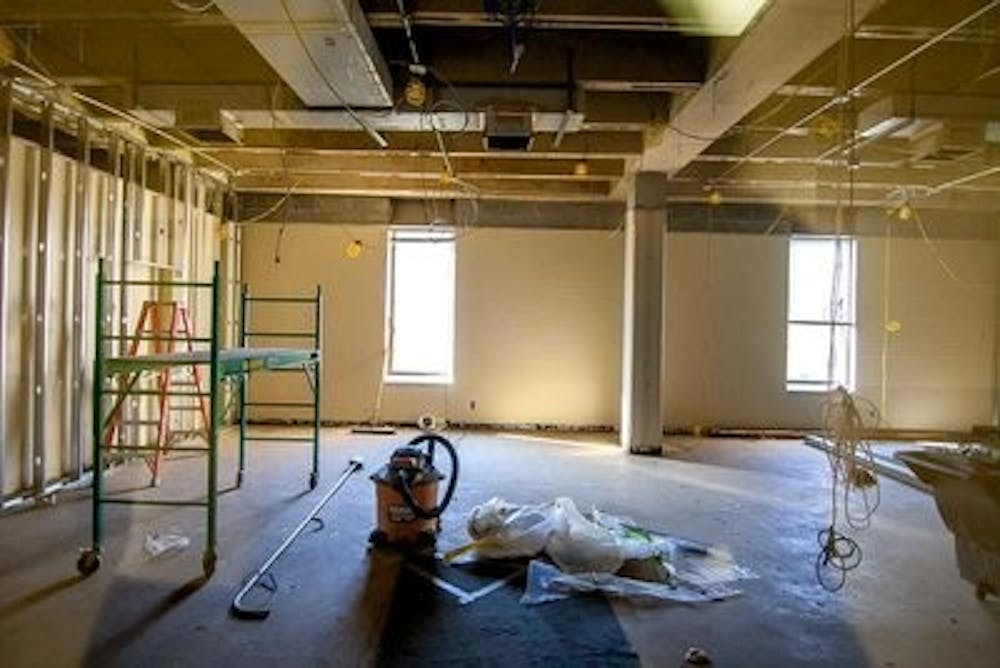Rooms 3184 and 3194 in Haley Center were closed this week for asbestos removal with no threat to public health.
According to Amy Hutchins, administrative assistant for the English department,
the classrooms have not been in use since the spring semester.
The asbestos found in the solvents from floor tiles and in fire proofing is removed as needed, usually when a department requests a room renovation.
"Facilities works well with not displacing classrooms during the school year, mainly because they plan ahead and work with the departments," said Robin Jaffe, College of Liberal Arts facility and administration project advisor.
Abatement, the process of removing asbestos laced materials from a space, occurs when a renovation calls for the disruption of asbestos, like the removal of floor or ceiling tiles. If not disturbed, the asbestos is not harmful.
"When people hear the word asbestos they freak out a bit," said Kirk Kreamer, occupational safety and health program manager. "But the way it's done, it's not a threat to the public, students or faculty."
The replacement of asbestos-affected tile and existing carpet is preferred in Haley Center because of the building's storm water intrusion problems, which could potentially create mold.
Because of their vacant status and size, the renovation of the two spaces is not anticipated to be a lengthy project.
"It really depends on size of the project, but most of the time when you're dealing with a room it doesn't take more than a day to do the work because the system of removal is so sophisticated," Kreamer said.
Aside from the walking past the renovation site, viewing exhaust from a HEPA filter, or coming in contact the odor that can occur from removing floor solvent, the public may not even notice the process of asbestos removal.
Kreamer assures that both the exhaust and solvent odors are not harmful and that odor does not necessarily indicate exposure to asbestos. The risk of airborne exposure is greater if the affected floor tiles or solvent are sanded, but the practice is not the commonly used method.
The rooms being renovated are kept under controlled conditions and no visitors except for certified workers are allowed inside.
Kreamer said there is a hazard to the those involved in asbestos abatement, but the Occupational Safety and Health Administration has guidelines in place so that approved contractors who have had specific training do all of the removal.
Once the project is complete, the air is monitored through aggressive sampling to ensure no residual airborne fibers are present. Additionally, all exhaust from the site is removed through a HEPA filter which clears out 99.9 percent of the air.
Though there is not health or safety threat to the public, the removal is a nuisance and has disrupted some surrounding classrooms.
"It's only been one day that I've been affected and it wasn't a big deal, " said Siobahn Gehrs, graduate teaching assistant in technical and professional communication.
Gehrs said jackhammers were used during class time and that it briefly affected student work.
Do you like this story? The Plainsman doesn't accept money from tuition or student fees, and we don't charge a subscription fee. But you can donate to support The Plainsman.





